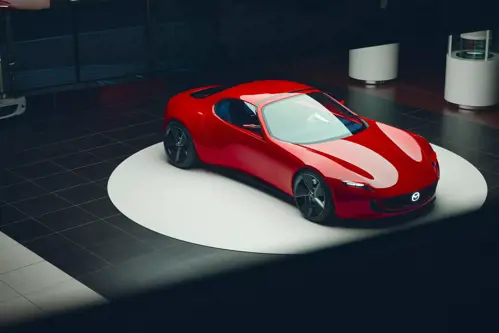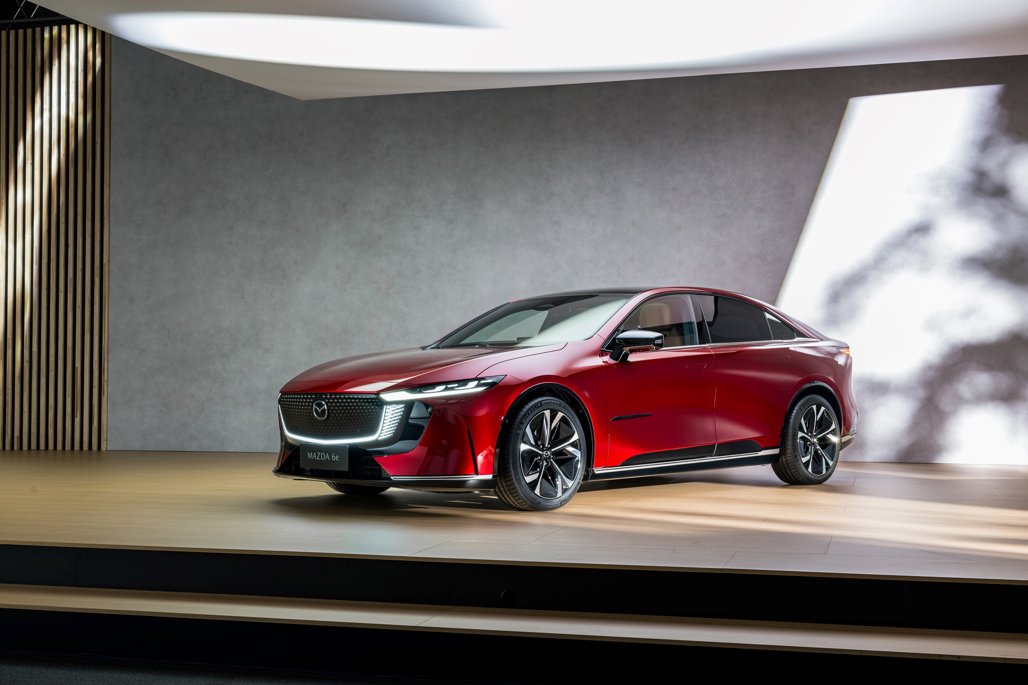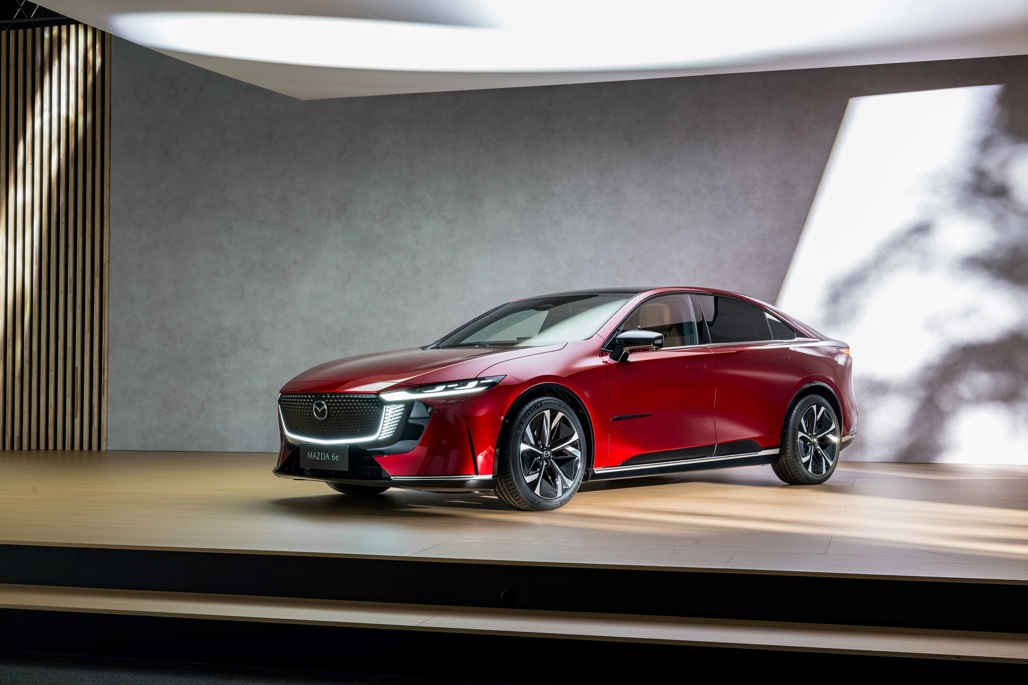Mazda has laid out a new plan to embrace electrification without ditching combustion engines just yet.
At a recent strategy briefing in Tokyo, CEO Masahiro Moro detailed how the brand aims to balance its signature driving experience with the demands of an EV future.
Cutting costs

Instead of pouring ¥2 trillion (around NZ$23 billion) into electrification, Mazda is scaling back to ¥1.5 trillion (NZ$17.25 billion) by working smarter.
Collaborations with Toyota, Denso, BluE Nexus and Changan Automobile will help develop battery and hybrid tech more efficiently, ensuring Mazda stays competitive without breaking the bank.
“We are committed to striking the right balance between efficiency and sustainable technology,” said Moro.
More powertrain choices
![]()
Mazda isn’t rushing into an all-electric lineup. Its multi-solution strategy means customers will continue to see internal combustion engines, hybrids and battery EVs, depending on what works best in each market.
The goal is to keep Mazda’s reputation for fun-to-drive cars intact while meeting global emissions targets.
Next-gen Mazda tech

A brand-new Skyactiv-Z engine is on the way, designed to meet tougher Euro 7 emissions rules while still delivering engaging performance. This engine will debut in the next-gen Mazda CX-5 by 2027, paired with an in-house hybrid system.
Meanwhile, Mazda’s first in-house BEV is coming in 2027, built in Japan and featuring battery cells developed with Panasonic Energy. A follow-up electric SUV will launch between 2025 and 2027 as part of the brand’s step-by-step move towards electrification.
Smarter, cheaper production

Mazda is also tweaking its factories to make EV production more affordable. Updates to its mixed-flow production lines will slash investment costs by 85% and cut setup times by 80% compared to building a new plant. Over-the-air (OTA) software updates will also keep things running smoothly without the need for costly hardware changes.
Rather than betting everything on EVs overnight, Mazda is taking a measured approach.
With a mix of hybrid tech, a new flexible EV platform and smarter manufacturing, the company is looking to keep its cars engaging while adapting to an increasingly electric world.





